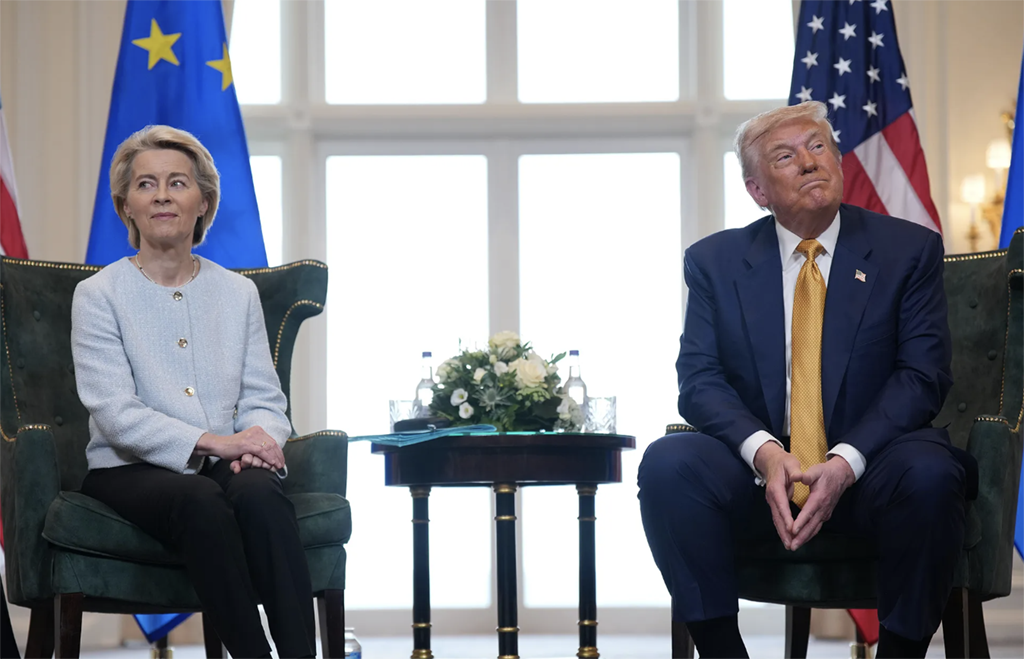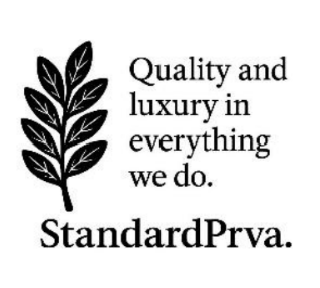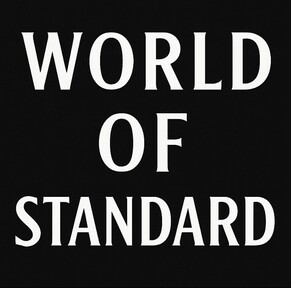EU and USA Reach Agreement on Tariffs
30.07.2025Written by: Dragana Lazarević (StandardPrva) and Bojan Rakić (AK Stevanović)
New Trade Agreement Between the EU and USA: Elements of the Deal and Implications for the Economy of BiH
The European Union and the United States of America reached, at the end of July 2025, a new trade agreement that avoided the outbreak of an open trade war. This agreement focuses on abolishing tariffs on many industrial products and stabilizing transatlantic trade relations after a period of heightened tensions. The deal was reached at the last moment before the threatened deadline for the introduction of drastic tariffs, thereby preventing an escalation that could have delivered a strong blow to the global economy. In the continuation, we will examine the main elements of this agreement — including the removal of tariffs on industrial goods and efforts toward stabilizing trade — and analyze what impact these changes might have on the economy of Bosnia and Herzegovina.
Main elements of the agreement between the EU and USA:
The central point of the new trade agreement is the introduction of a unified tariff rate of 15% on most products that the EU exports to the USA. Although this rate is significantly lower than the 30% tariff previously threatened by the American administration, it still represents an increase compared to the earlier situation and covers about 70% of the entire European export to the United States. The agreement, however, also provides for major exemptions from these tariffs. Namely, the removal of tariffs was agreed for a whole range of industrial products of strategic importance. According to statements by the President of the European Commission, Ursula von der Leyen, a zero tariff rate has been placed on airplanes and their components, certain chemicals, certain generic pharmaceutical products, equipment for semiconductor production, as well as specific agricultural products, natural resources, and critical raw materials. This “zero-for-zero” list means that in these sectors trade will flow without tariff barriers, which represents a significant incentive for companies on both sides of the Atlantic operating in these areas.
In addition to the tariff regime on industrial goods, the agreement also deals with specific sensitive sectors. For example, the issue of steel and aluminum remained partially unresolved — the existing American tariffs of as much as 50% on imports of European steel and aluminum products will remain in force. However, it was agreed that in further negotiations the introduction of quotas would be considered, which would allow a certain quantity of duty-free steel export from the EU to the USA. On the other hand, the automotive industry can breathe easier: European car manufacturers who were facing a tariff of 27.5% on vehicle exports to America are now covered by the new general rate of 15%, which practically means a halving of the previous tariff rate. This is an improvement in trade conditions for them and one of the rare elements of the agreement through which the EU managed to ease the pressure on one of its key sectors. At the same time, the pharmaceutical industry was initially the subject of confusion — although it was initially announced that medicines would be exempt, it was later confirmed that a 15% tariff also applies to generic medicines, except for those explicitly exempted as priority generic products.
It is worth noting that the agreement does not concern only tariffs, but also has a broader economic dimension. The European Union has committed itself to significant financial and trade concessions to ease tensions. According to the agreement, in the next three years the EU will import energy products (oil, natural gas, liquefied gas, and even nuclear fuel) from the USA worth $750 billion, thereby increasing imports of American energy into Europe. Also, European states have agreed to collectively invest around $600 billion in the American economy in that period, including the purchase of American military equipment. These commitments represent an asymmetric concession by the EU side — a large part of the burden of the agreement has fallen on Europe, while the American side has mostly received what it wanted. Analysts have noted that the EU did not gain many new benefits with this agreement, except for avoiding even worse measures, as the Union committed itself to purchases and investments, and in return did not introduce any countermeasures toward the USA. In other words, Europe agreed to “zero tariff retaliation,” abandoning potential counter-tariffs, in order to preserve peace in trade relations.
Stabilization of trade relations and reactions:
The reached agreement has greatly contributed to the stabilization of relations between the EU and USA, at least in the short term. The threat of an acute trade conflict hanging over the transatlantic economy has thereby been removed. The German Chancellor, for example, welcomed the agreement because it prevented a trade conflict that would have severely affected Germany’s export-oriented economy and its large automotive sector. Political leaders in Europe emphasized that the key value lies precisely in the security and predictability the agreement brings after a long period of uncertainty. Ursula von der Leyen presented the agreement as “a good deal” that will bring “stability” and “predictability” to trade relations. The removal of exhausting uncertainty has certainly been positively received among investors and companies — as the chief economist of a major European bank observed, this settlement is “bearable for the EU” because it ends the continuous fear of tariff escalation. The markets initially reacted optimistically to the news of the agreement, stock prices rose, and it seemed that the worst had been avoided.
However, despite avoiding the crisis, the agreement was also met with a considerable dose of disappointment in Europe. Many industrial circles and associations believe that the EU agreed to a rather unbalanced deal merely to buy peace. Let us recall, Brussels’ initial goal in these negotiations was much more ambitious — it sought an agreement on the complete elimination of tariffs (“zero-for-zero tariffs” on both sides of the Atlantic). Instead, Europe has been left with a tariff of 15% on most products, which is far higher than the tariff rates that applied before the trade wars and much higher than the zero it hoped for. Powerful industrial associations in Germany have openly expressed dissatisfaction — the Federation of German Industries (BDI) warned that even 15% tariffs will have a huge negative effect on Germany’s export industry. Similarly, the Chemical Industry Association (VCI) assessed that the agreed rates are still “too high.” Indeed, even with the halved tariff, European products will become more expensive in America, which will affect their competitiveness. For example, Volkswagen announced that in just the first half of 2025 it suffered a profit decline of €1.3 billion due to higher American tariffs. Such data underline the fact that, although the agreement brought relief compared to potentially even higher tariffs, it still carries significant costs for the European economy. European officials admit that the outcome is worse than what existed before — as one economist vividly put it, Trump can claim this as a victory for himself, but “the outcome is still worse compared to the situation that prevailed before Trump started his trade wars.” In other words, the agreement stabilized relations and removed the worst uncertainty, but it did not return trade to the old paths of free flow; on the contrary, it entrenched some new barriers that will still have to be overcome in the future through further diplomacy.
/ / /
"Standard Prva" LLC Bijeljina is a company registered in Bijeljina at the District Commercial Court in Bijeljina. Company’s activities are accountancy, repurchases of receivables, angel investing and other related services. Distressed debt is a part of the Group within which the company repurchases the receivables, which function and are not returned regularly.
Lawyer’s Office Stevanović is the leading lawyer’s office in the region with the seat in Bijeljina. The LO abbreviation represents Lawyer’s Office of Vesna Stevanović and Lawyer’s Office of Miloš Stevanović.
Contact for media press@advokati-stevanovic.com or via telephone 00 387 55 230 000 or 00387 55 22 4444.





